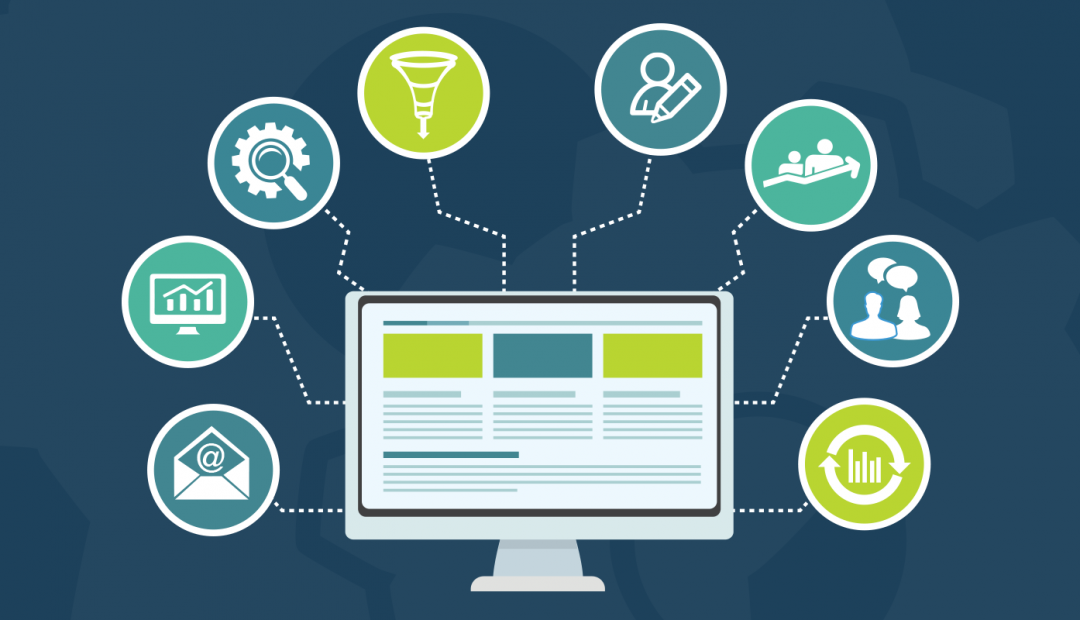In today’s rapidly evolving technological landscape, digital literacy and technological competence have become vital skills for success in the workplace. This article aims to highlight the significance of assessing digital literacy and technological competence in the workplace and explores how unlocking the power of tech proficiency can benefit both employees and organizations.
Unveiling the Digital Dexterity of Today’s Workforce
It encompasses not only the basic knowledge of digital devices but also the capacity to navigate and adapt to new technologies. Assessing the digital dexterity of today’s workforce is crucial as it allows organizations to identify skill gaps and provide targeted training and development opportunities. Furthermore, understanding the digital capabilities of employees enables employers to build teams with complementary skills, fostering collaboration and innovation.
The assessment of digital literacy should encompass various dimensions, including technical skills, information management, critical thinking, and digital communication. Technical skills involve proficiency in using software, understanding different operating systems, and troubleshooting digital devices. Information management entails the ability to efficiently search for, evaluate, and interpret information from digital sources. Critical thinking skills are necessary for problem-solving and decision-making in the digital realm. Finally, digital communication skills are essential for effective and professional communication through various digital channels.
Unlocking the Power of Tech Proficiency at the Workplace
Unlocking the power of tech proficiency in the workplace brings numerous benefits for both employees and organizations. With greater digital literacy, employees can become more autonomous and efficient in their work, utilizing technology to streamline processes and enhance productivity. Additionally, digital literacy fosters a culture of continuous learning and adaptability, as employees are more willing to embrace new technologies and explore innovative solutions. This adaptability is crucial in today’s fast-paced digital landscape, where technological advancements occur frequently.
From an organizational perspective, assessing and improving digital literacy can lead to increased efficiency, reduced costs, and improved customer satisfaction. Employees who possess strong digital skills can contribute to process optimization, innovation, and the implementation of digital strategies. Moreover, organizations that invest in digital literacy assessments and training programs are more likely to attract and retain top talent, as employees recognize the value of continuously developing their technological competence.
As technology continues to shape the workplace, assessing digital literacy and technological competence has become a priority for organizations seeking to thrive in the digital age. By unveiling the digital dexterity of today’s workforce and unlocking the power of tech proficiency, organizations can equip their employees with the necessary skills to adapt, innovate, and drive success. Moreover, fostering a culture that values and supports digital literacy empowers employees to embrace new technologies and contribute to the continuous growth and evolution of their organizations.

